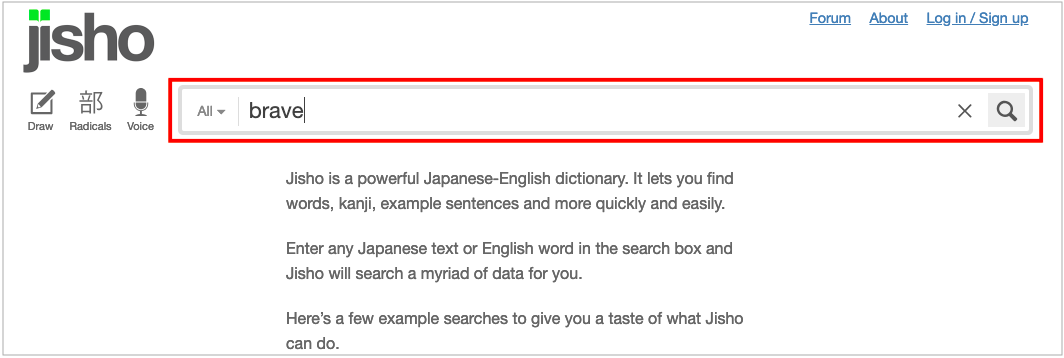27/12/2019 · python example to create a list of objects : Convert generator to list python g_to_list = list (g) # where g is a generator. How to convert generator object to list in python code example. Using yield will result in a generator object. Let’s switch gears and look at infinite sequence generation.
In python, to get a finite sequence, you call range() and evaluate it in a list context:
Each list element will be an object, and we can access any member of that object like method, variables, etc. Python list can hold a list of class objects. How to convert generator object to list in python code example. >>> my_list = 0, 1, 1, 2, 3 and less preferable: Let’s switch gears and look at infinite sequence generation. List() beware though if the generator expression can generate an infinite list, you will not get what you expect. 27/12/2019 · python example to create a list of objects : Example of using list() in python values = list(my_generator()) print(values) Note that you can append different class objects to the same list. Convert generator to list python g_to_list = list (g) # where g is a generator. Using yield will result in a generator object. We can apply the list() function on a generator object to store all generated values at once in a list. To convert a generator expression into a list it is sufficient to do:
In python, to get a finite sequence, you call range() and evaluate it in a list context: Note that you can append different class objects to the same list. For example we want to split string into separate symbols: Let’s switch gears and look at infinite sequence generation. To convert a generator expression into a list it is sufficient to do:
List() beware though if the generator expression can generate an infinite list, you will not get what you expect.
Using yield will result in a generator object. We can create one empty list and append multiple class objects to this list. We can apply the list() function on a generator object to store all generated values at once in a list. For example we want to split string into separate symbols: Example of using list() in python values = list(my_generator()) print(values) 27/12/2019 · python example to create a list of objects : In python, to get a finite sequence, you call range() and evaluate it in a list context: 11/06/2021 · there are 2 common ways how to create lists in python: >>> my_list = list () usually list (obj) is used to transform another sequence into the list. Each list element will be an object, and we can access any member of that object like method, variables, etc. >>> my_list = 0, 1, 1, 2, 3 and less preferable: Convert generator to list python g_to_list = list (g) # where g is a generator. Let’s switch gears and look at infinite sequence generation.
To convert a generator expression into a list it is sufficient to do: Let’s switch gears and look at infinite sequence generation. For example we want to split string into separate symbols: List() beware though if the generator expression can generate an infinite list, you will not get what you expect. Using yield will result in a generator object.
>>> my_list = 0, 1, 1, 2, 3 and less preferable:
We can apply the list() function on a generator object to store all generated values at once in a list. How to convert generator object to list in python code example. 11/06/2021 · there are 2 common ways how to create lists in python: 27/12/2019 · python example to create a list of objects : We can create one empty list and append multiple class objects to this list. Note that you can append different class objects to the same list. Using return will result in the first line of the file only. Let’s switch gears and look at infinite sequence generation. To convert a generator expression into a list it is sufficient to do: Using yield will result in a generator object. Example of using list() in python values = list(my_generator()) print(values) For example we want to split string into separate symbols: >>> my_list = 0, 1, 1, 2, 3 and less preferable:
Get Generator Object Python To List Pics. How to convert generator object to list in python code example. Using yield will result in a generator object. Convert generator to list python g_to_list = list (g) # where g is a generator. Note that you can append different class objects to the same list. For example we want to split string into separate symbols:
